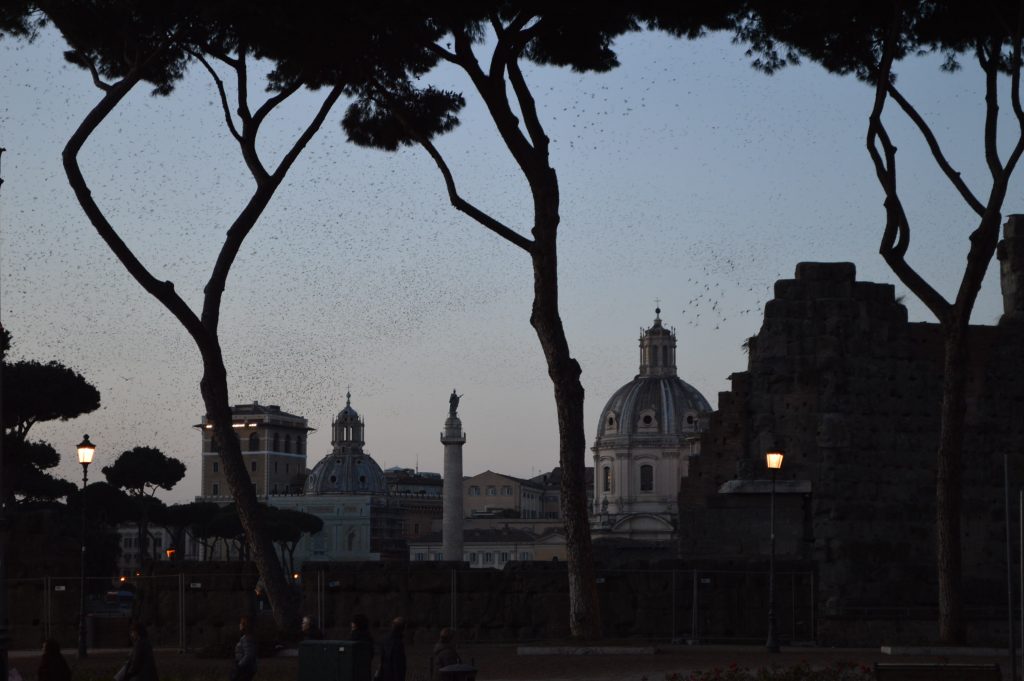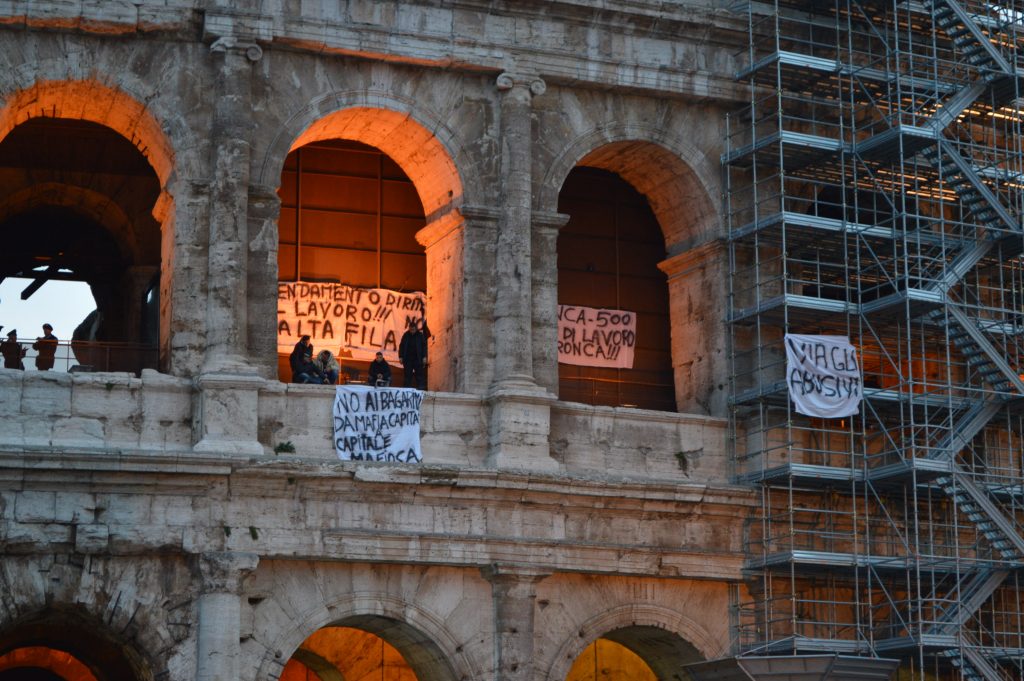During the heights of empire, the Roman Colosseum was known as the “Flavian Amphitheater“. Construction was initiated in 72 A.C.E. by the Emperor Vespasian. Vespasian died in 79 A.C.E. and construction was completed one year later by his successor, Titus. Additionally, the Emperor Domitian who was the successor to Titus contributed with the addition of the hypogeum during his reign.
These three emperors were known as the Flavian Dynasty and therefore the Colosseum was initially named the Flavian Amphitheater.
Flavian Amphitheater or Roman Colosseum?
The “Flavian Amphitheater” had become better known as the Colosseum by the year 1000 A.C.E. This alteration is attributed to the “Colossus of Nero” which was a giant statue of Nero 30 meters in height. The location of which was to the west of the Colosseum in front of the nearby Temple of Venus and Roma.
However, the inevitable destruction of this prolific landmark led to the term “colossus” being applied to the nearby amphitheater. As a result, the Flavian Amphitheater has become known as the Roman Colosseum.
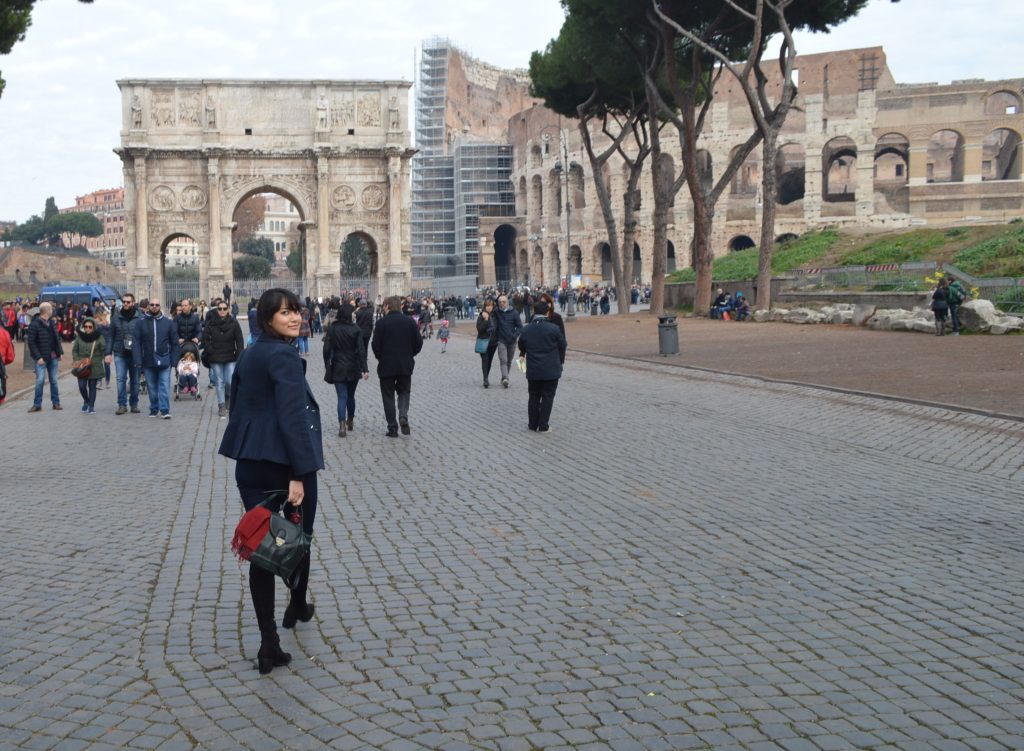
Location of the Roman Colosseum
The Flavian Amphitheater was constructed in the heart of the city, east of the Roman Forum between Palantine and Esquiline Hill. Historically speaking, it was built on the palatial grounds of the Emperor Nero. Prior to the expansion of his palace, the location had served as the densely populated city center. However, a conspicuous fire had destroyed this part of the city in 69 A.C.E.
As Rome burned, Nero is believed to have “played the fiddle”. Afterwards Nero reallocated this section of limited public land for his own personal use. Henceforth, the people of Rome deeply resented his act of self indulgence. As the successors to Nero, the Flavian Dynasty made it a priority to ease hostilities return the city center to the people of Rome.
Interior of Roman Colosseum
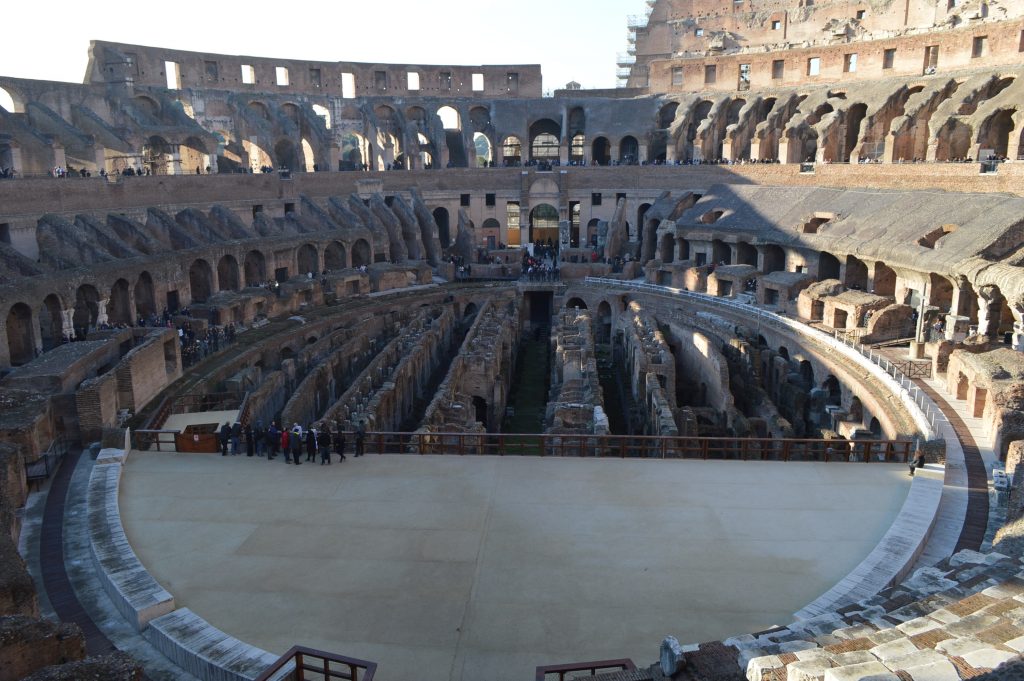
The Hypogeum of the Roman Colosseum
The Emperor Domitian altered the floor of the oval arena by installing the hypogeum. Hypogeum, is a Greek word that literally means “underground”. Unfortunately, the installation of the hypogeum meant the basement of the arena could no longer be flooded to conduct mock naval battles.
However, the hollowed out basement was replaced with the pathways, tunnels and lifts of the hypogeum. The installation of the lifts enabled props, convicts, gladiators and wild animals to swiftly emerge on the arena floor through the 36 trap doors. Additionally new scenery, performers and animals were able to access the arena through the underground tunnels.
This was much more expedient and the versatility of the performance would be greatly enhanced. The hypogeum also included a special access tunnel so the Roman Emperor could enter the Colosseum in seclusion from the crowds.
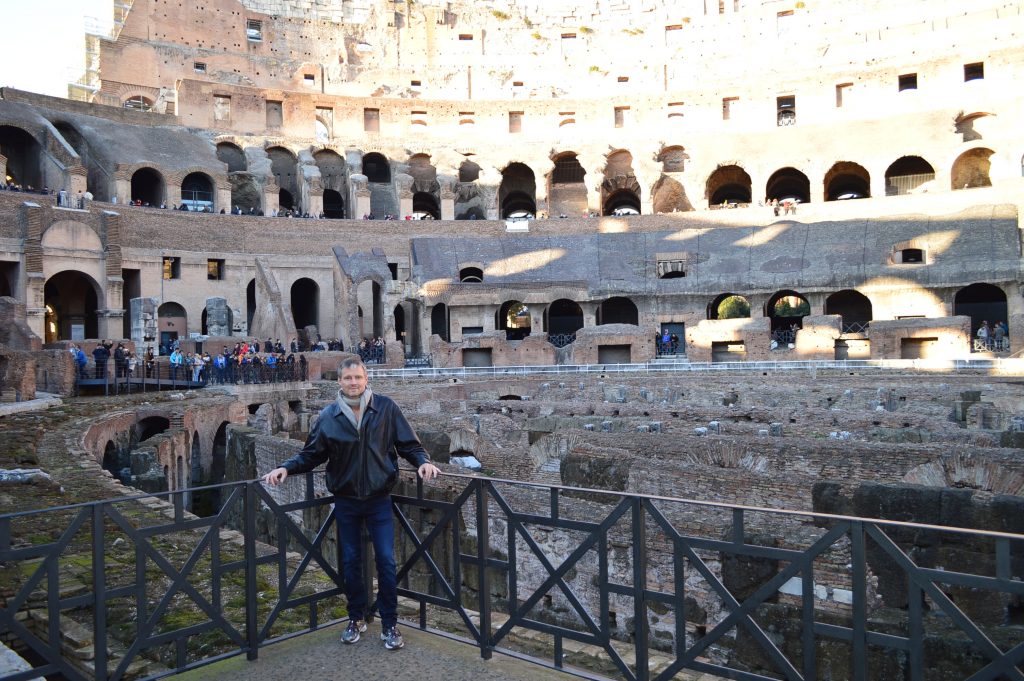
Atmosphere of the Hypogeum
To be sure, a lot of what what was going on in the arena of the Roman Colosseum was gratuitous bloody debauchery. The inaugural performance was held in 80 A.C.E. and 9,000 wild animals were killed. However, that was before the hypogeum was even installed, so you can imagine the potential that was unleashed.
The floor covering of the arena was made of wood and it was covered with sand on the surface. There was no natural lighting or ventilation in the tunnels and passageways of the hypogeum. As a result the heat, stench, roaring crowd, blood and gore would have been a horrifying experience for the slaves, animal keepers and stage hands who worked below the arena.

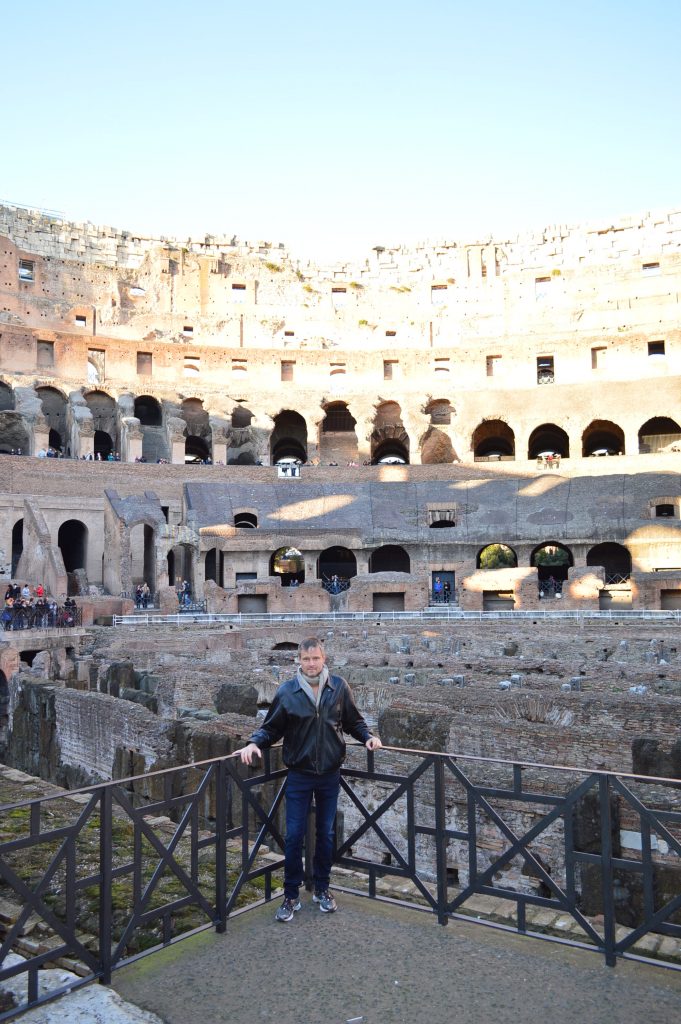
Additional Photos:
